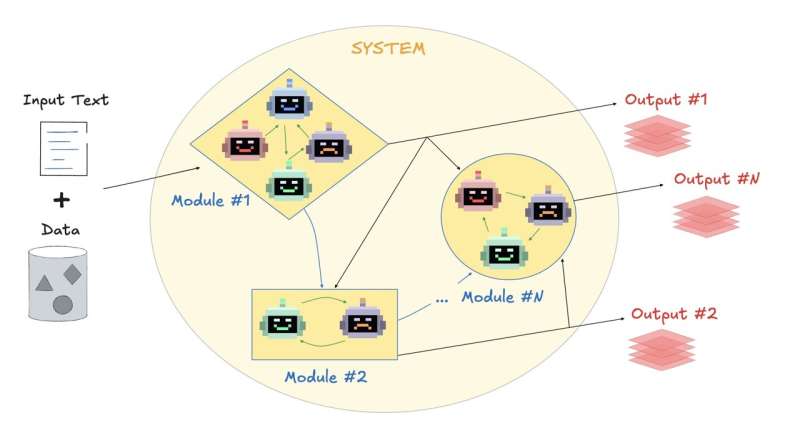The comet known as 3I/ATLAS is set to make a close approach to Earth on March 2, 2024, igniting significant excitement among skywatchers and astronomy enthusiasts around the world. This celestial event has prompted a surge of interest on social media and various news platforms, with many eagerly anticipating the comet’s appearance.
Astronomers predict that 3I/ATLAS will reach its closest point to our planet at a distance of approximately 11 million kilometers. While this distance is sizable in astronomical terms, it is close enough to allow for optimal viewing conditions. The comet is expected to be visible through telescopes and, under the right conditions, even with the naked eye.
What to Expect from 3I/ATLAS
Comet 3I/ATLAS has garnered attention not only due to its proximity but also because of its unique characteristics. Discovered in 2019 by the Asteroid Terrestrial-impact Last Alert System (ATLAS), this comet has a highly elliptical orbit that brings it into the inner solar system every few years.
As it approaches Earth, the comet is predicted to display a bright tail and a noticeable coma, or cloud of gas and dust, surrounding its nucleus. These features are caused by the sublimation of ice and other materials as the comet warms up when nearing the Sun.
According to CNN reporter Ashley Strickland, this event is particularly exciting for both amateur and professional astronomers. Live streams and real-time updates on the comet’s trajectory are expected to be available, allowing enthusiasts to follow its journey closely.
Global Engagement and Observational Opportunities
The approaching pass of 3I/ATLAS has inspired numerous global initiatives to engage the public in astronomical observations. Various observatories and educational institutions are organizing viewing events and workshops to educate people about comets and their significance in our solar system.
NASA has also encouraged the public to participate in these events, highlighting the importance of citizen science in astronomical research. Skywatchers are advised to check local astronomy clubs and observatories for scheduled events on the night of the comet’s closest approach.
As excitement builds, many are taking to social media to share their anticipation and plans for observation. The internet is filled with vibrant discussions and resources aimed at maximizing the viewing experience of 3I/ATLAS, fostering a sense of community among astronomy enthusiasts.
In conclusion, the close approach of 3I/ATLAS on March 2, 2024 serves as a reminder of the wonders of our universe. With dedicated efforts from astronomers and engaged communities, this event may inspire a new generation of stargazers, drawing attention to the beauty and mystery of celestial phenomena.







